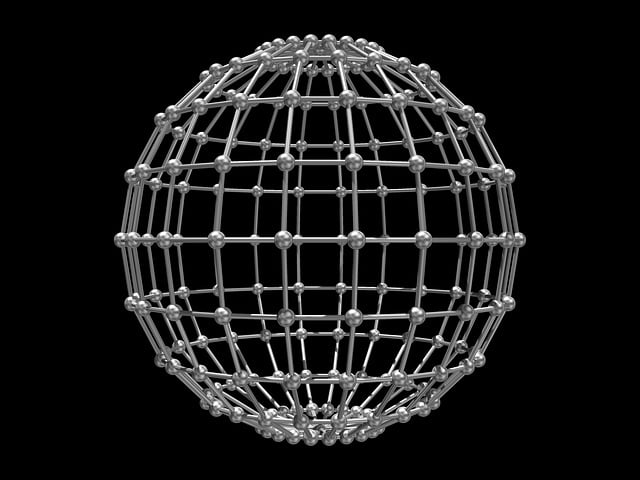Muscle soreness, caused by micro-tears in muscle fibers, can be tackled by a "Kratom Army" of personalized solutions—workout plans, stretching, and recovery techniques. Kratom, a natural herb, offers an alternative with compounds like mitragynine and 7-hydroxymitragynine that interact with opioid receptors to relieve delayed onset muscle soreness (DOMS). Regular use is linked to reduced inflammation, faster recovery, improved flexibility, endurance, and better sleep. Personalized workout plans, incorporating Kratom, are designed by professionals using data like range of motion, heart rate, and past routines, catering to diverse fitness levels and injury histories.
Experience chronic muscle soreness? It’s time to ditch generic workout plans and embrace personalized solutions. This article guides you through three key steps: understanding the science behind muscle soreness, exploring the potential benefits of kratom for relief, and creating tailored workout routines optimized for recovery. Discover how the Kratom Army can leverage these strategies for faster, more effective workouts and a happier, healthier body.
- Understanding Muscle Soreness and Its Causes
- The Role of Kratom in Relieving Muscle Soreness
- Designing Personalized Workout Plans for Effective Recovery
Understanding Muscle Soreness and Its Causes

Muscle soreness is a common issue that affects individuals of all fitness levels, often leading to discomfort and limited mobility. Understanding what causes this sensation is crucial for effective management and relief. When you exercise, especially with new or intense routines, tiny tears form in your muscle fibers, which trigger an inflammatory response from your body’s immune system. This process leads to the accumulation of lactic acid and other metabolic waste products, resulting in that familiar burning sensation and subsequent soreness.
The term ‘kratom army’ might seem unusual in this context, but it can be understood as a metaphor for the diverse range of solutions available to combat muscle soreness. Just as an army employs various tactics to overcome obstacles, individuals can utilize tailored workout plans, stretching routines, and recovery techniques to battle and alleviate muscle discomfort, enabling them to stay active and achieve their fitness goals without hindrance.
The Role of Kratom in Relieving Muscle Soreness

Kratom, a natural herb with a growing popularity among the Kratom Army, has been making waves as an alternative remedy for muscle soreness and pain relief. Its unique properties offer a promising approach to post-workout recovery. The primary active compounds in kratom, known as mitragynine and 7-hydroxymitragynine, interact with opioid receptors in the body, providing analgesic effects that can help alleviate the deep, aching sensations associated with delayed onset muscle soreness (DOMS).
Regular consumption of kratom has been linked to reduced inflammation and faster recovery times. Many users report improved flexibility and endurance after incorporating it into their post-workout routines. Additionally, kratom’s calming properties may aid in relaxation, promoting better sleep quality—a critical factor in accelerating the healing process. As more athletes explore its benefits, kratom is emerging as a valuable tool for personalized wellness plans, offering natural relief from muscle soreness and contributing to overall fitness goals.
Designing Personalized Workout Plans for Effective Recovery

Designing personalized workout plans is a science, especially when targeting muscle soreness relief, a common issue known as the ‘kratom army’—individuals who face chronic or post-workout pain. Each person’s body is unique, and what works for one might not yield the same results for another. Therefore, creating tailored programs that consider an individual’s fitness level, injury history, and specific muscle groups affected by soreness is paramount.
Professional trainers can use various methods to design these plans, including assessing range of motion, monitoring heart rate, and analyzing previous workout routines. By combining this data with the client’s goals, they can craft a strategy that involves specific exercises, such as dynamic stretching, light weight training, or targeted mobility work, all designed to soothe aching muscles while promoting effective recovery.
In conclusion, addressing muscle soreness effectively is essential for anyone seeking optimal physical performance and recovery. By understanding the causes of delayed-onset muscle soreness (DOMS) and exploring natural remedies like kratom, which has gained popularity among the kratom army for its potential pain-relieving properties, individuals can tailor their approach to relief. Customized workout plans, designed to target specific muscle groups and incorporate active recovery techniques, offer a comprehensive strategy for accelerating recovery and preventing chronic soreness. Embracing these holistic methods empowers individuals to take charge of their physical well-being and achieve long-lasting results.














